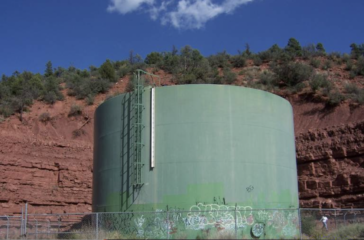EPA fails to adequately test tribal drinking water systems for PFAS, study finds
US tribal public water systems receive proportionately less federal testing for harmful “forever chemicals” than other drinking water systems, according to a new study published Wednesday in the journal Environmental Health Perspectives.
 EWG
EWG